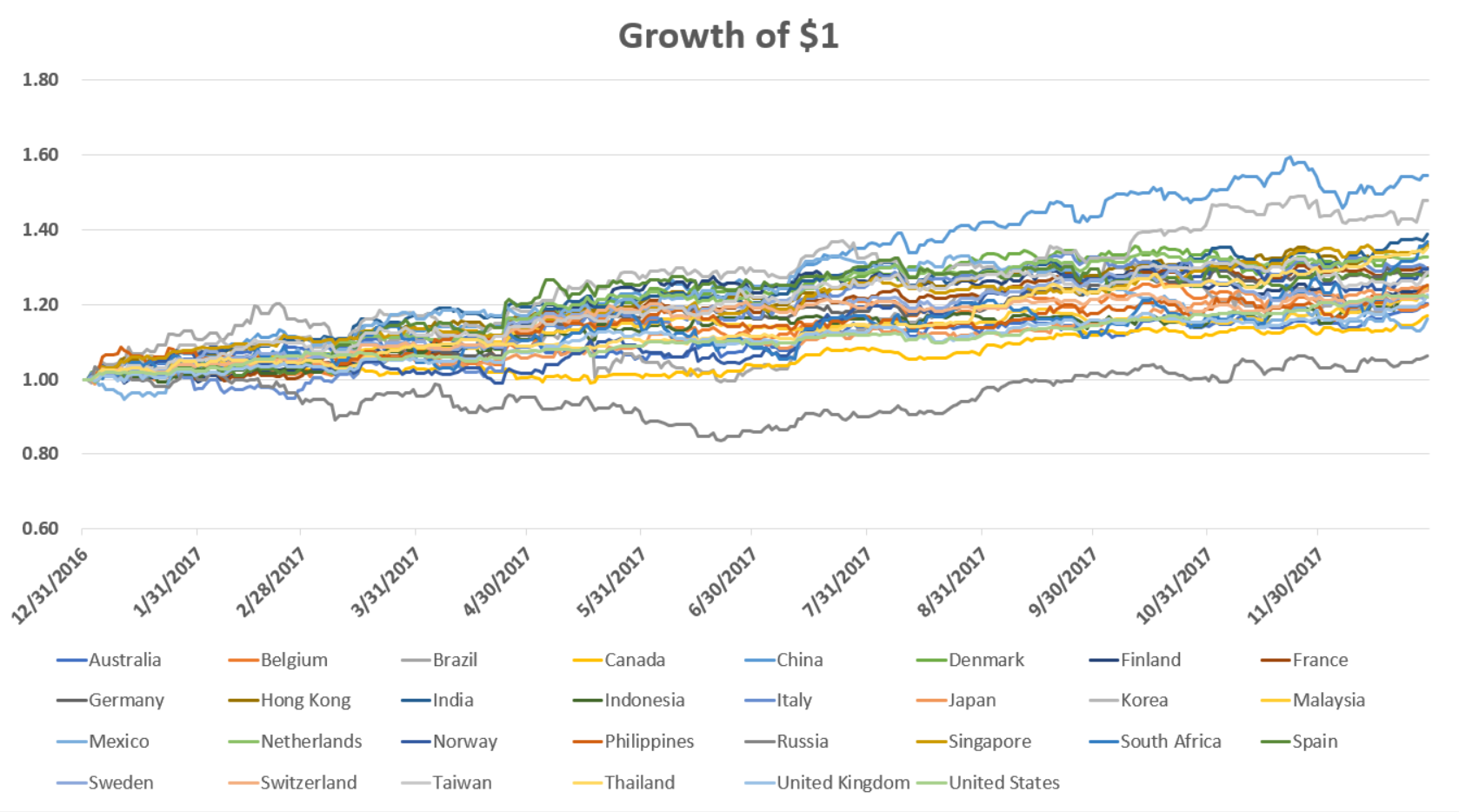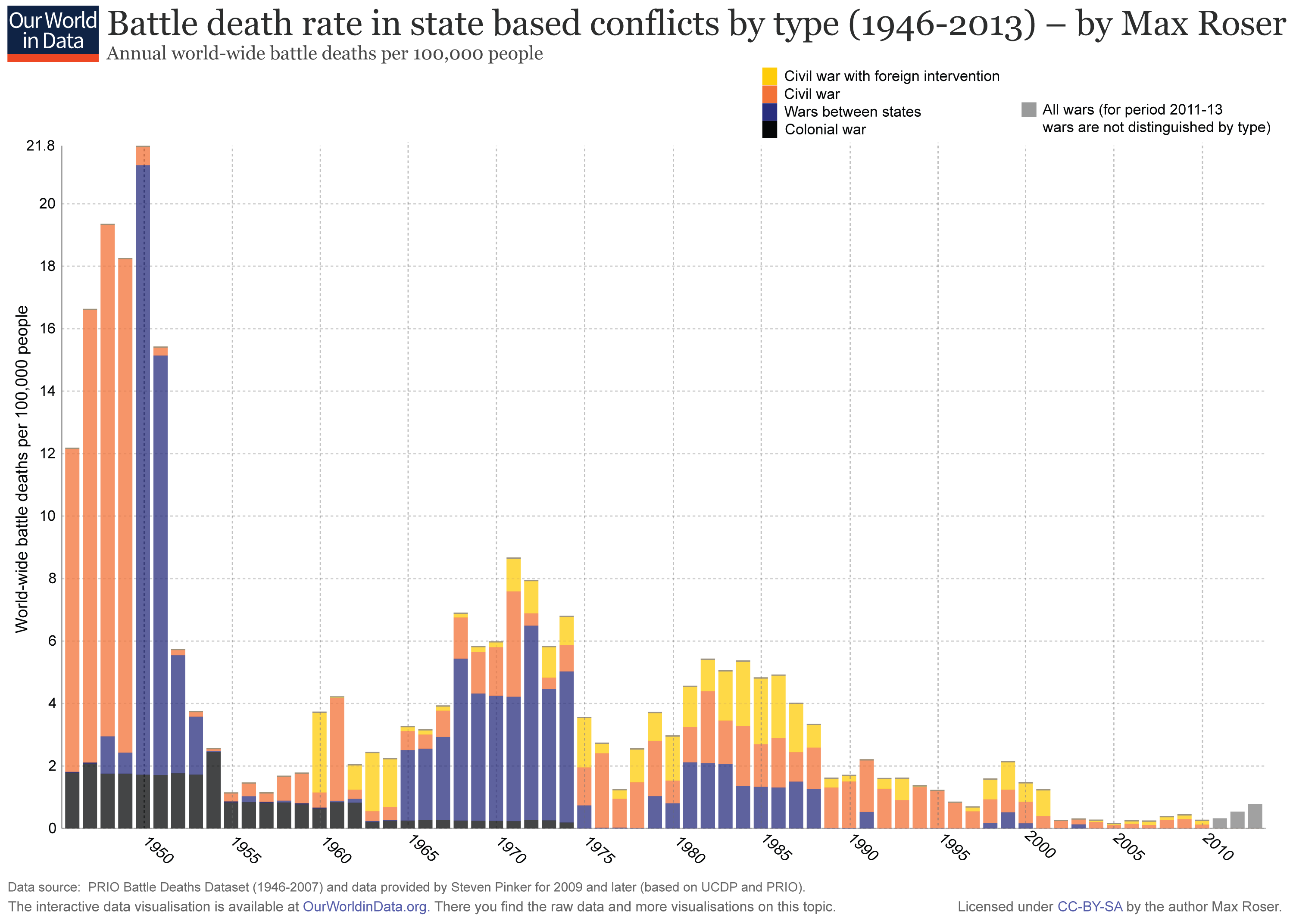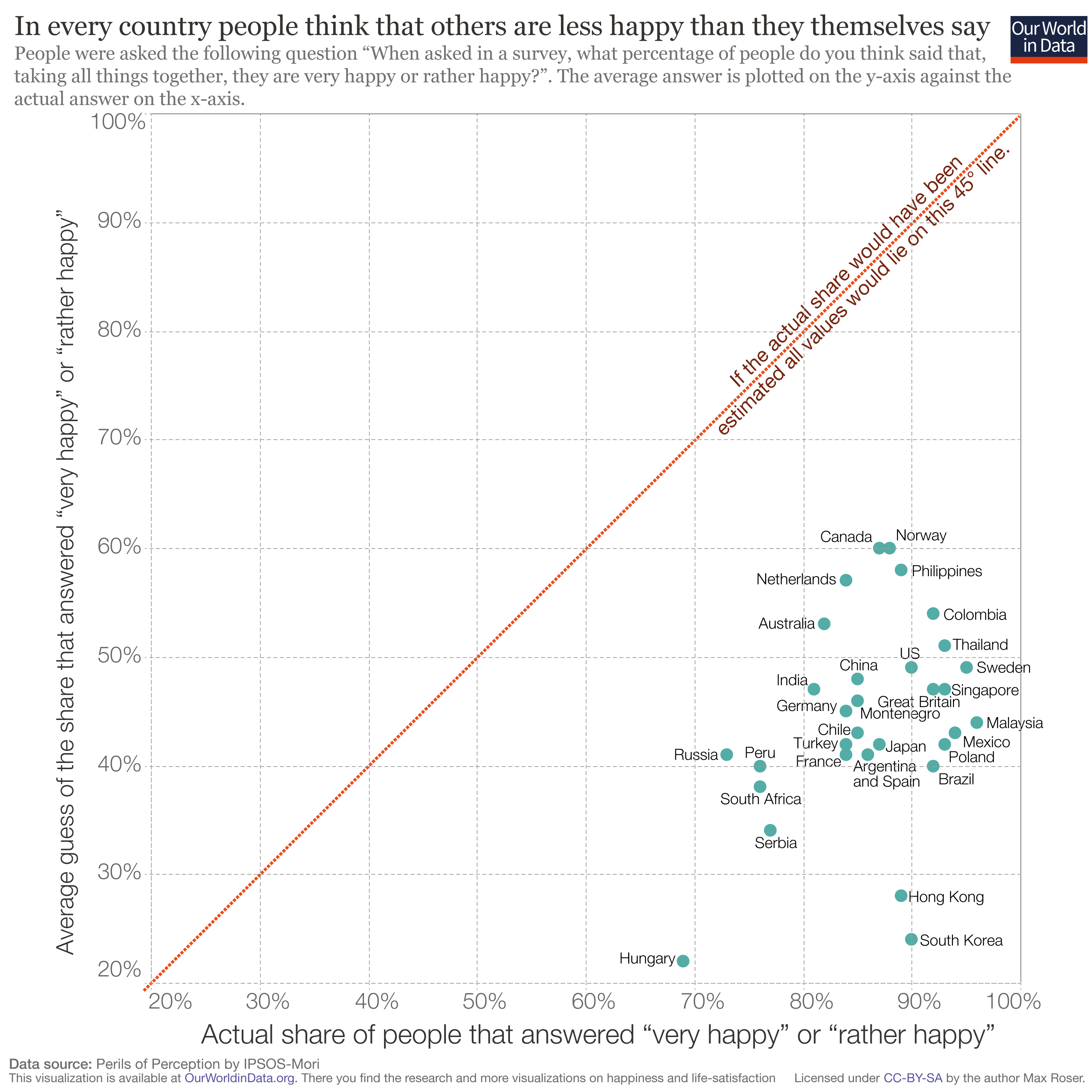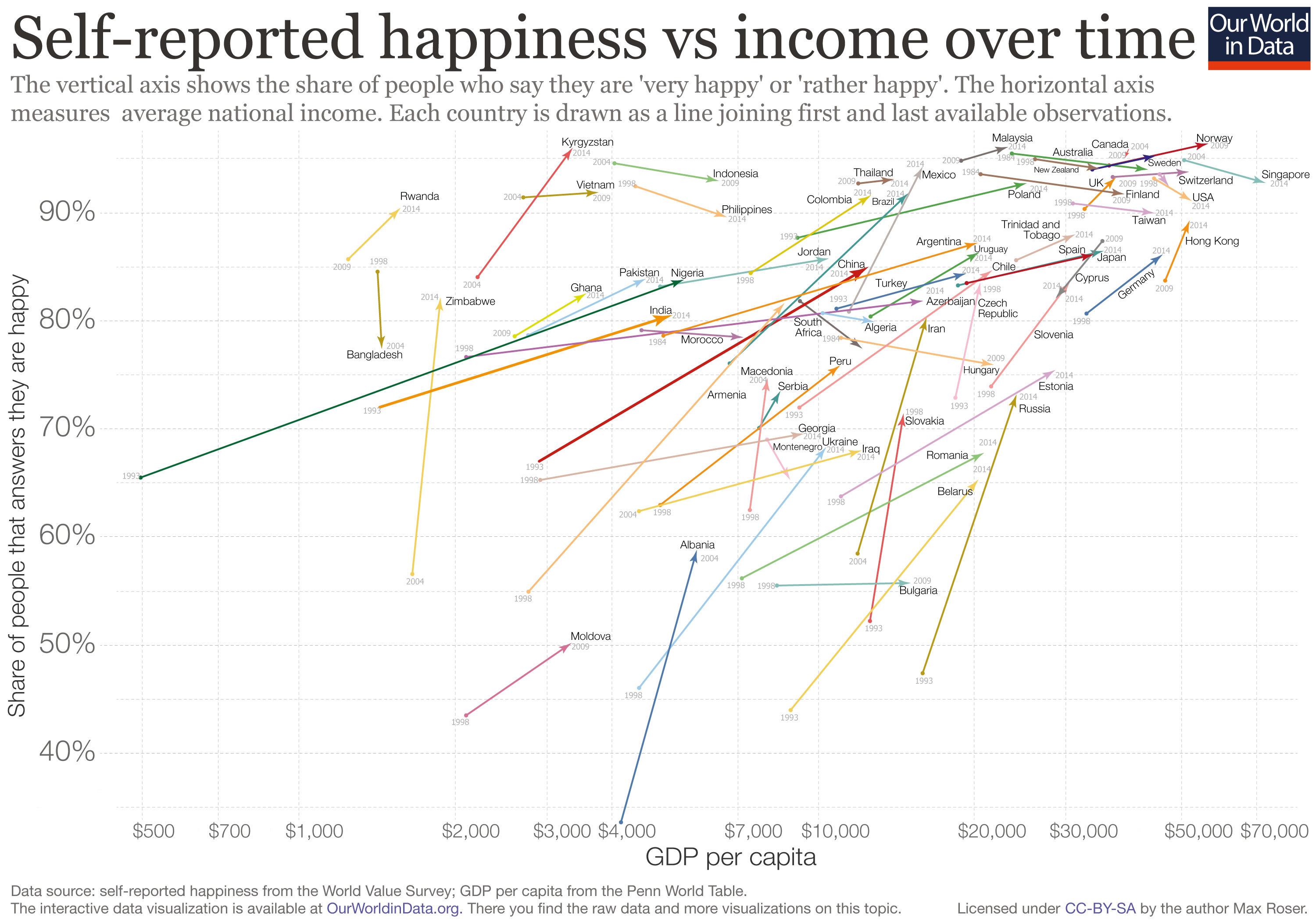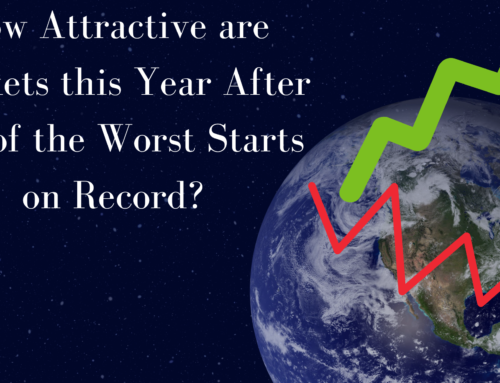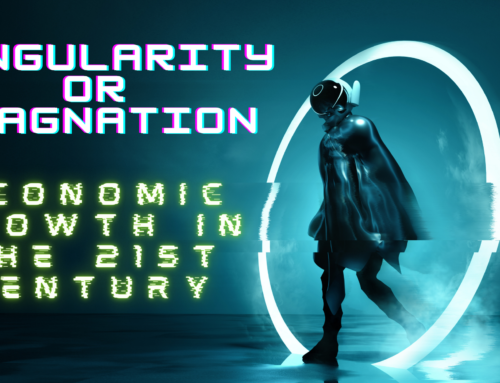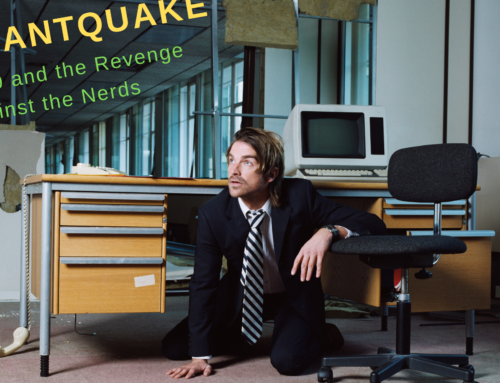Do you ever get the feeling that the only news they report is bad news? Well if you’ve ever wondered why that is, there is someone you can blame for the media’s persistently negative outlook: yourself. It seems the media mostly just gives us what we want, or at least what we click on, and news stories with negative headlines get a 63% higher clickthrough rate than their positive counterparts.
This is too bad, I think. The news can be so much more than “here’s one more awful thing to be needlessly worried about.” To me, it ought to highlight and remind us of the forward march of history. With the new year upon us, now seems as good a time as any. So my own clickthrough rate be damned, here’s why 2017 was an awesome year!
Markets
2017 was a fantastic year to be an investor, with markets up all around the world and in virtually every major asset class. Of the top 30 stock markets around the world (accounting for about 99% of global capitalization) every single one was up in 2017, most of them double-digits.
All together the global stock market was up 24.6% (as proxied by the MSCI ACWI), one of the best years in recent memory. The US stock market locked in its 9th consecutive annual gain, up 21.8% for the year on the S&P 500.
Stocks weren’t the only assets that were up; corporate and government bonds from all over the world also enjoyed healthy returns, as did gold and most other commodities. It was hard not to make money in 2017, returns across the board were high and volatility was low. About the only exception was in energy. Energy prices were mixed throughout the year, with crude oil see-sawing before finishing the year up. The price of natural gas plummeted 27%. The energy production sector was about the only soft spot in the stock market, with the industry down about 4% for the year. This is unusual to see during the mature stages of a global bull market like this, as accelerating economic activity tends to sop up more energy, but as I wrote earlier this year, this may be the beginning of the end for the oil & gas industry, as renewable technologies finally enter the big leagues. More on that in a sec.
Economy
The soaring stock market was not merely the result of excited investors tripping over each other, but a response to robust economic performance around the world. The world economy grew at an estimated 3.6% according to the IMF. Developing economies led the way, as usual, with China and India tallying up 6.8% and 6.7% figures, respectively. The US put in 2.2%, in line with the rest of the developed world. With the exception of a few conflict-ridden areas, pretty much the entire world grew at a solid clip last year, including the eurozone area, after struggling for many years to shake off its macroeconomic woes.
In the United States, unemployment continued to fall to new lows, now down to 4.1%. Meanwhile, median wage growth accelerated to its highest rates since the Great Recession and after a “lost decade” real median household income is now at its highest level ever, all indications that recent economic performance is lifting the middle and working classes as well.
Of course, those that benefit the most from economic growth are those most vulnerable populations living in extreme poverty around the world. Perhaps humanity’s greatest accomplishment has been how quickly over the last 35 years we have lifted so many people out of extreme poverty.
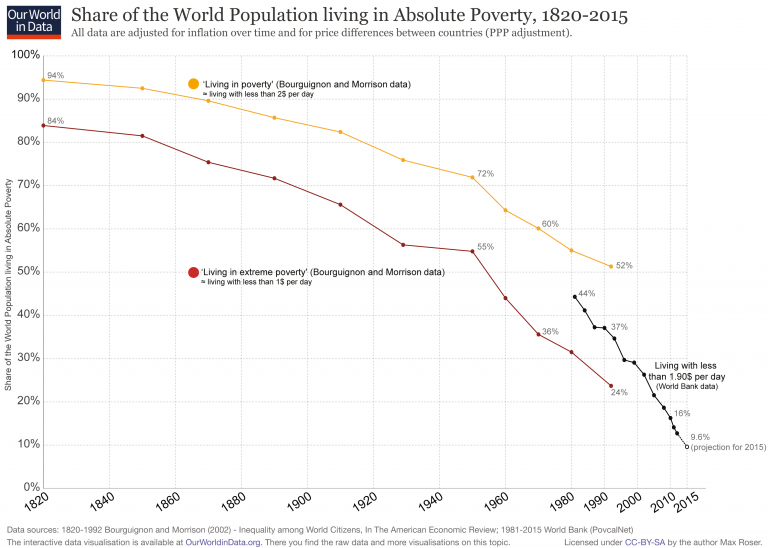
Source: Our World in Data
The progress continues: the latest estimate is that 8% of the world lives in extreme poverty, with an average 1.1 people escaping every second, according to this brilliantly done infographic website.
Technology
The wellspring of economic growth is technological innovation, and there was plenty of it in 2017.
In May, Google’s AI project AlphaGo played and beat Ke Jie, the world Go champion, marking the first time computers have ever been able to beat human champions at the game of Go. This is something that only a few years ago many experts were predicting would take decades more work, given the sorry state of AI-Go-players at the time. The secret to AlphaGo, part of Google’s DeepMind division, is advances in what are called deep reinforcement learning algorithms. Basically, AlphaGo’s creators trained it to play Go the same way you would for a human: they had it study past games and they had it practice. This method of learning from scratch is being heralded as a major advancement for artificial intelligence and makes the field much more generalizable.
One of the practical fields advances in AI are finding immediate applicability to is in self-driving cars. 2017 continued to see exciting developments in this technology: Uber first rolled out its self-driving taxi fleet in Pittsburgh in September 2016 and is now rolling out to other cities and planning to buy 24,000 self-driving cars from Volvo. Tesla unveiled its semi-autonomous fully electric semitruck, General Motors gave a demonstration of its self-driving cars and announced plans to roll out a fleet of robo-taxis in 2019, and Google’s Waymo subsidiary is now the first company to be officially driving its autonomous vehicles on public roads without any human in the driver’s seat.
Moving from machines to meat, CRISPR, the revolutionary new gene editing technology also continued to make promising progress in 2017. Perhaps most importantly (and controversially), researchers at the Oregon Health and Science University were able to successfully correct a genetic mutation that causes a fatal heart condition in viable human embryos. This goes a great way to proving the feasibility of using CRISPR to cure hereditary diseases in humans before they’re born.
On March 30th SpaceX made a huge leap down the road to affordable space flight by successfully launching and re-landing the first “used” rocket. Until now rockets have always been a “use once and discard” item, making the whole business of space travel quite expensive. In 2016 SpaceX pulled off the first successful landing of their Falcon 9 rocket after use (see below) and after dusting it off a bit they were able to send it back up, marking the first time humans have ever sent a rocket to space and back… twice.
This is now a thing that humans can do.
Speaking of making things more sustainable, solar energy is now making record-breaking advances so fast the rate of record breaking is itself record breaking. In September the US Department of Energy reported that the cost of utility-scale solar energy had fallen 30% over the previous year, down to 4.4-6.6 cents per kilowatt-hour, making it cost competitive or cheaper than coal or gas throughout most of the country. In October Saudia Arabia received a bid to provide electricity at the lowest cost ever, 1.7 cents/kwh, from a solar plant. This comes just months after a new plant in Mexico broke the record for lowest cost electricity, so expect this one to be usurped in a month or two as well. Energy is rapidly becoming an information technology, with an exponentially declining cost. Which brings us to…
Environment
From 2014 to 2016, global carbon emissions flatlined, showing no growth in the first time since the industrial revolution and fostering hope that we’d finally reached peak carbon. Unfortunately, it looks like 2017 saw a return to rising carbon emissions. In my opinion, however, this development is neither particularly surprising nor especially concerning, and peak carbon is probably just around the corner. Most of the increase came from China and India, which, as we saw, have been growing rather fast lately, much faster in fact than their rate of carbon emissions. Meanwhile, both nations are moving swiftly to address their problems with pollution. China has just announced plans to starting the world’s largest cap-and-trade system in an effort to limit its carbon output. At the same time they are undertaking several ambitious solar energy projects and are now “dominating the solar industry” according to Scientific American. India has also set extremely aggressive renewable energy goals for itself and in 2017 cancelled existing plans to build several new coal-fired power stations in favor of cheaper solar.
This is in line with the rest of the world: almost two thirds of the net new power capacity added around the world in 2016 came from renewables, led by a 50% growth in solar electric capacity.
In the developed world, carbon emissions are generally falling, led by that shining beacon of environmentalism: the United States of America. It’s not just CO2 levels, a report that just came out of the National Academy of Sciences found that decreases in the levels of particulate matter in the air helped to avert more than 180,000 premature deaths in the United States between 1990 and 2012.
The world’s first “negative emissions” plant also opened up this year, which might have the nice side effect of making everybody smarter.
Peace
Early in 2017 the world was shocked to learn that a narcissistic maniac with bad hair had gained access to nuclear missiles.
While the ascent of North Korea to nuclear power is no cause for celebration, what is is the fact that seventy-two years after the first nuclear weapons were used against people in war, they have never been used again. Seventy-two years after we gained the knowledge of how to destroy all life on earth, we are still here.
In fact, the post-nuclear age has been perhaps the peaceful era of humanity. Though war was the typical means by which nations settled their differences in ages past, since the end of WWII war between major powers has all but disappeared.
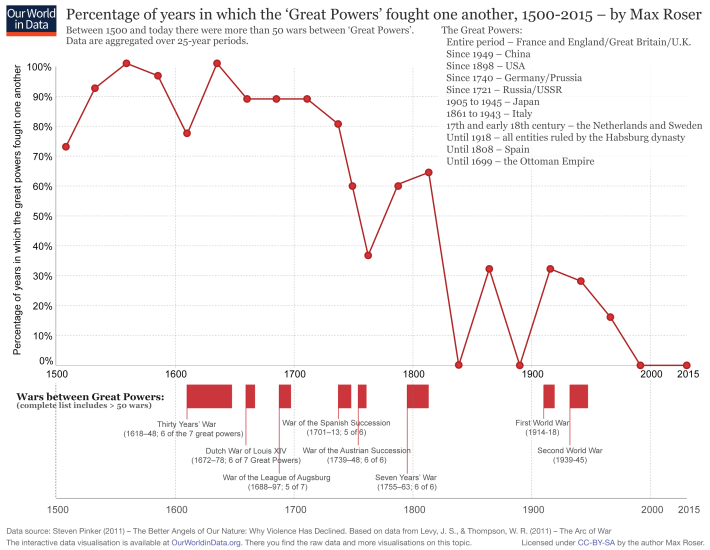 Zooming into the post WWII era we can also see that the deadliness of the remaining wars has also been trending downwards.
Zooming into the post WWII era we can also see that the deadliness of the remaining wars has also been trending downwards.
War is an increasingly marginalized activity that only takes place in impoverished, backwards parts of the world. And one by one, the number of violent conflicts is on the decline as peace seeps into every dark corner of the world.
For instance, ISIS was defeated as a state-like entity in 2017 as it surrendered the last of its territory in Iraq and Syria. And with that, liberal democratic capitalism adds radical Islamism as another notch in its belt of inhumane ideologies it has vanquished, along with fascism, communism, and monarchism.
The defeat of ISIS brings to a close the deadliest ongoing conflict in the world. But even before now the number of fatalities from the world’s current active conflicts had been falling for the last few years.
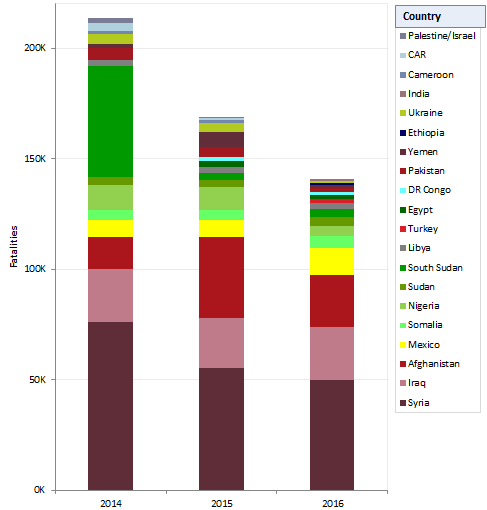
By Wykx – Own work, CC BY-SA 4.0, Link
And as the battles start to die down in parts of the Mid-East, the final parts of the peace process are formalized in Colombia as the revolutionary guerrilla group FARC decommissioned the last of their weapons in 2017 and enfolded themselves peacefully into Colombia’s democratic process, after a half-century of fighting.
Meanwhile, violence continues to decline in other aspects of life as well. A UN report that came out in 2017 documented the continued decline in the homicide rate in virtually every region of the world according to the latest data. Many countries, including the US, started noticing that rates of crime were falling starting in the 1990s. This stood in contrast to increases that had been seen over previous decades, but taking the long view, it seems to be a continuation of 500+ year trend of ever-greater peace on earth.
Freedom
At least three countries moved from dictatorship to democracy in 2017, as Gambia, Nepal, and Liberia all held elections that led to peaceful transitions of power for the first time in decades. Granted, there was a fair amount of backsliding in Venezuela as President Nicolas Maduro banned opposition parties from the country’s elections. This was met swiftly with sanctions from the US and the EU, though I’d say history itself may be Mr. Maduro’s greatest nemesis.
Liberal democratic capitalism is a hearty weed, and everywhere it takes root it tends to spread. Venezuela is now increasingly isolated from its democratic neighbors, democracy now has a strong foothold in West Africa, and China is starting to be surrounded by democracies. Do not be surprised if in a few years time we see news of elections in China or North Korea.
In addition to political freedom, economic freedom around the world ticked slightly higher in the 2017 according to the Index of Economic Freedom. Among some of the most-improved were Argentina, which, after being mired in economic stagnation after decades of socialist policies has “engaged in a systemic transformation of its economy” according the IMF, reopening the economy back up to international markets and adopting new anti-corruption measures. Investors swooned over the reforms as the Argentine stock market more than doubled in 2017. Also improved is China, as Secretary General Xi Jinping’s anti-corruption campaign seems to be making a dent, improving corporate performance and entrepreneurship.
Australia, Germany, and Malta legalized same-sex marriage in 2017, bringing the number of nations with marriage equality up to 25. And though the Middle East has a long way to go in terms of sexual freedoms, several Arab states did pass important women’s right reforms in 2017, as Jordan, Lebanon, and Tunisia passed new legal restrictions and penalties on previously-allowed forms of sexual violence.
In the United States, our infamously high incarceration rate is now falling, approaching a 20-year low. This is partly just because, as I mentioned above, our crime rate has been falling. It likely also has to do with changing attitudes regarding our nation’s drug laws. Despite the much-bemoaned increases in partisan disagreement in this country, one issue Americans increasingly see eye-to-eye on is the uselessness of locking up pot-smokers, as a majority of Republicans and Democrats now support marijuana legalization for the first time, a remarkable change of public opinion from just a decade ago. Not surprisingly then, more states are looking to legalize in 2018, as Canada gears up to become the second nation in the world (after Uruguay) to legalize recreational marijuana.
Another source of bipartisan progress in the US in 2017 was in civil asset forfeiture reform. In 2017 several states followed Nebraska and New Mexico’s lead and passed measures curtailing or banning the use of civil asset forfeiture, the controversial practice by which law enforcement agencies can confiscate money and property from people who haven’t been convicted of – or often even charged with – a crime. For years reformers from the left, right, and center have criticized asset forfeiture laws as a flagrant government violation of citizens’ rights to property and due process, but have generally made little headway against law enforcement interests who claimed they were necessary for fighting the war on drugs, while often benefiting personally from property seizures. It seems this is another area in which the tide is turning towards freedom, as recent state reforms have passed with broad bipartisan support, and reform at the federal level may even be in the works.
Happiness
There is a pernicious way in which I think bad news biases our understanding of the world: it seems to make us systematically underestimate how good other peoples’ lives are. A fact I am always quick to point out in conversation whenever someone implies otherwise is that for most times and places (including 2017) most people are actually pretty happy. The most common reaction I get is disbelief. Fortunately I learned a long time ago not to make arguments without supporting data visualizations.
Almost everywhere you go in the world, super-majorities of people say they’re pretty happy, and yet these same people are usually convinced they are in the minority, that just beyond their tiny island paradise of contentment lies an ocean of sorrow.
But as a matter of fact, life is pretty good for most folks, and generally gets a little better bit by bit as time goes on. In the United States, personal life satisfaction was at an all-time high in 2017. And why not? Objectively speaking, we are richer, safer, and freer than we have ever been. Worldwide, economic development has gone hand in hand with increasing personal happiness.
History has a direction. It plods on, two steps forward, one step backward, but most years bring us economic growth, scientific achievements, technological innovations, more beauty and understanding through the arts and humanities, greater peace, liberty, and appreciation of the rights and potential inside all people. 2017 was no exception. Here’s to a 2018 that keeps it up.
Happy New Year!
Disclosures: This post is solely for informational purposes. Past performance is no guarantee of future returns. Investing involves risk and possible loss of principal capital. No advice may be rendered by RHS Financial, LLC unless a client service agreement is in place. Please contact us at your earliest convenience with any questions regarding the content of this post. For actual results that are compared to an index, all material facts relevant to the comparison are disclosed herein and reflect the deduction of advisory fees, brokerage and other commissions and any other expenses paid by RHS Financial, LLC’s clients. An index is a hypothetical portfolio of securities representing a particular market or a segment of it used as indicator of the change in the securities market. Indexes are unmanaged, do not incur fees and expenses and cannot be invested in directly.


